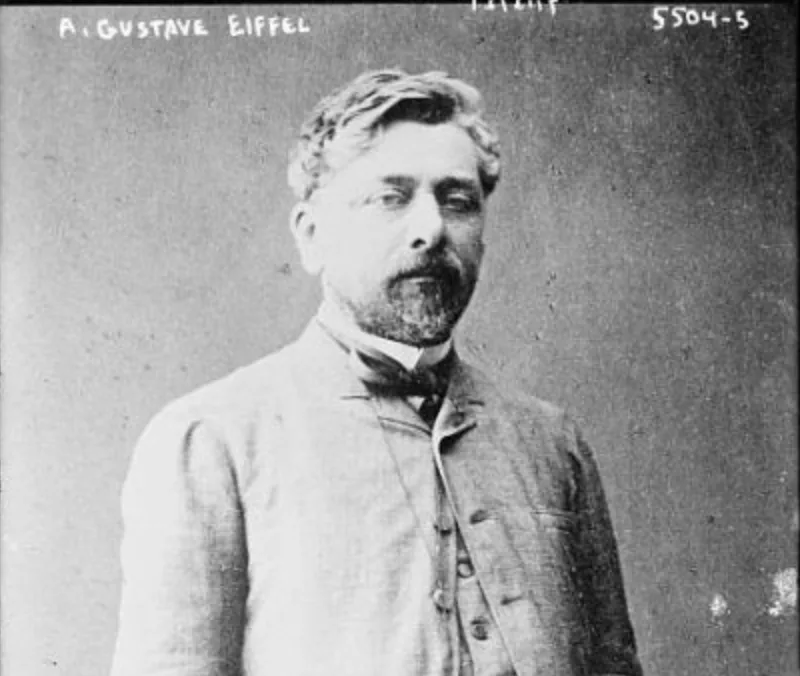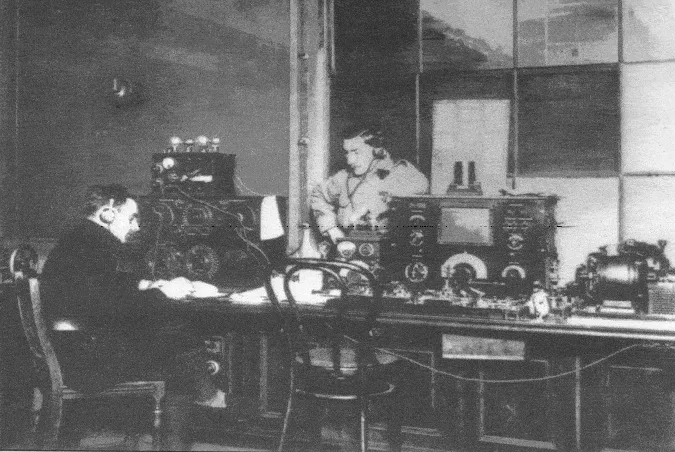
Gustave Eiffel saved his eponymous tower from ruin via scientific experiments
This Day In Weather History is a daily podcast by Chris Mei from The Weather Network, featuring stories about people, communities and events and how weather impacted them.
--
Gustave Eiffel was a French civil engineer who led the design of the Eiffel Tower in Paris, France (no twist endings in that sentence). However, he also contributed to the construction of the Statue of Liberty.

Gustave Eiffel. Courtesy of US Library of Congress
The Eiffel was constructed between 1887 to 1889 to act as the entrance to the 1889 World's Fair. Initially, France's leading artists were not into the Tower and published a petition in Le Temps (a French newspaper) stating that it's a “giddy ridiculous tower dominating Paris like a gigantic black smokestack.”
The artists disliked the Tower, or as locally known, La dame de fer (French for "Iron Lady"), and it only had a 20-year permit.
But Eiffel, the man, not the building, has a plan on how to save his masterpiece. He knew if he associated the structure with important research, it could have longevity.
Click here to subscribe to This Day in Weather History
The Eiffel tower opened on Mar. 31, 1889, and Eiffel had 20 years to figure out how he was going to save his iron beauty. He decided to install an antenna at the top of the tower and to experiment with wireless telegraphy.
Then Eiffel partnered with the Central Meteorological Bureau of France to conduct meteorological experiments, like work on wind speed and resistance. And the Tower's antenna attracts lightning and protects the city from strikes.
And then World War I started. In 1914, that antenna proved to be very useful for enemy intelligence. The structure helped decrypt German messages and made it possible to identify enemy weaknesses.

The WWI Military Bunker. Courtesy of Uft
After retiring from engineering, Eiffel decided to work in meteorology and aerodynamics. He was inspired to work within these fields by the problems he ran into while designing his infamous structures.
To learn more about the Eiffel Tower and its relation to meteorology, listen to today's episode of "This Day In Weather History."
Subscribe to 'This Day in Weather History': Apple Podcasts | Amazon Alexa | Google Assistant | Spotify | Google Podcasts | iHeartRadio | Overcast'
Thumbnail: "Photograph shows a guard at the Eiffel Tower, in Paris, France during World War I." Courtesy of US Library of Congress









